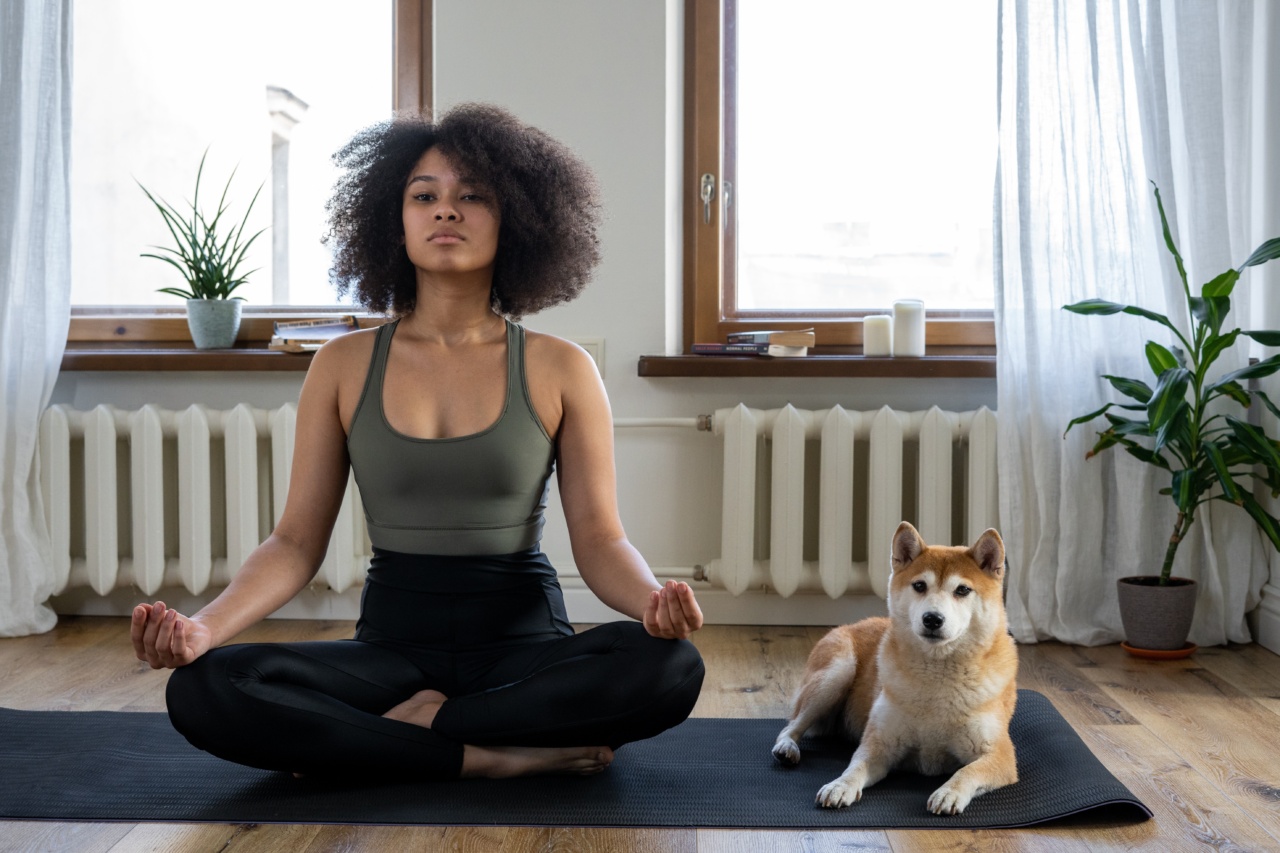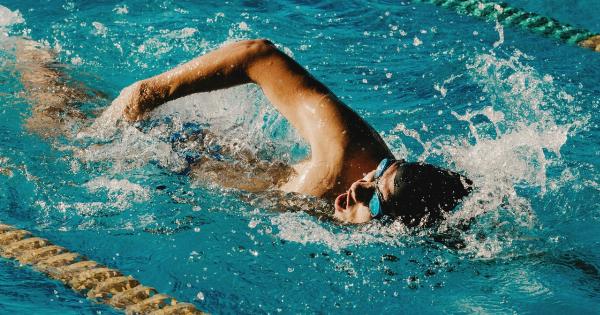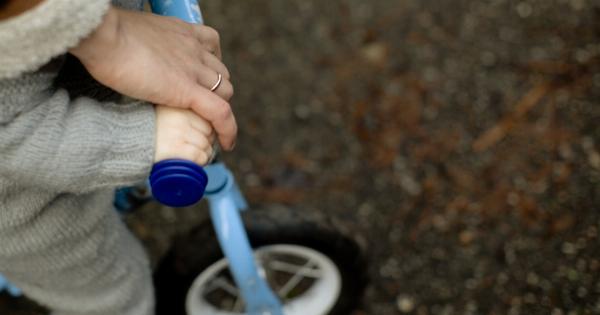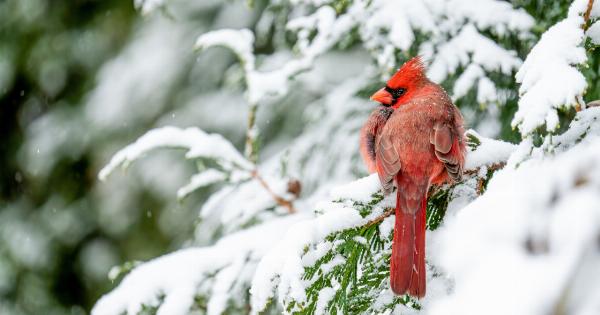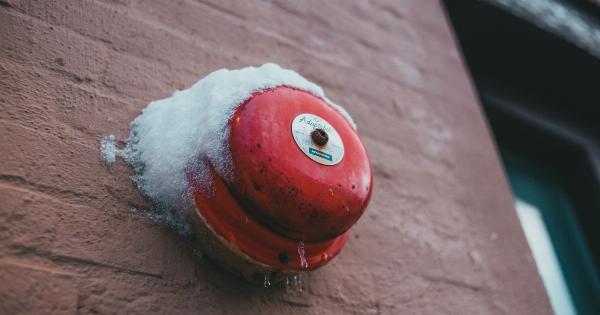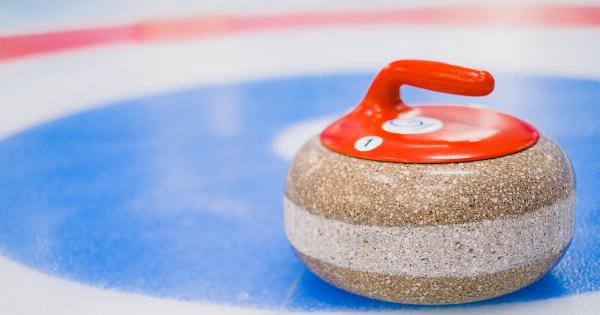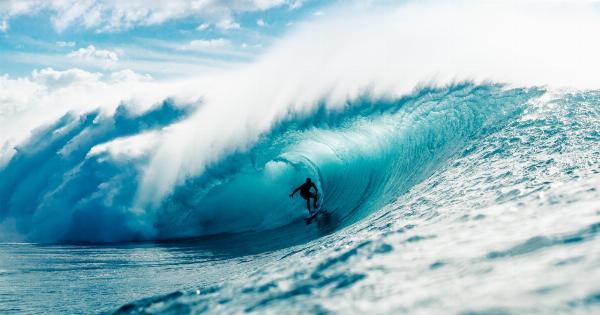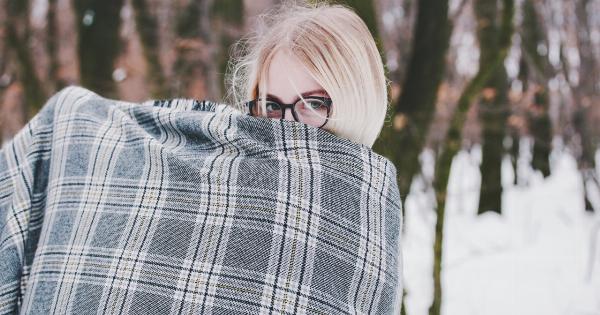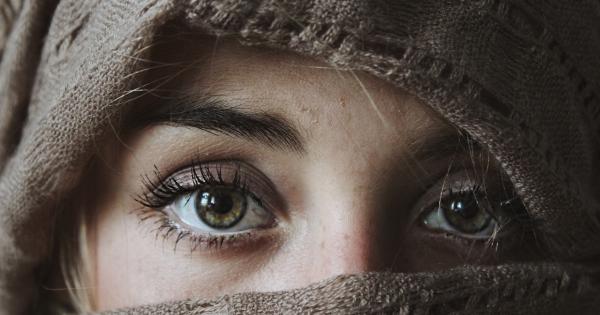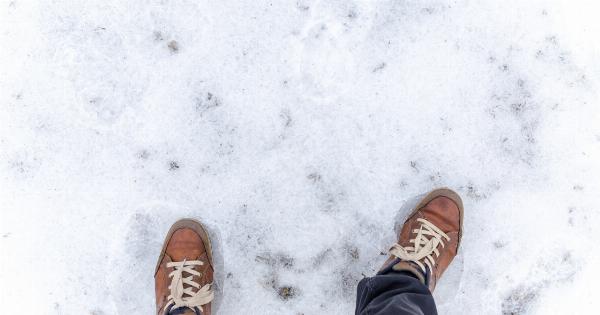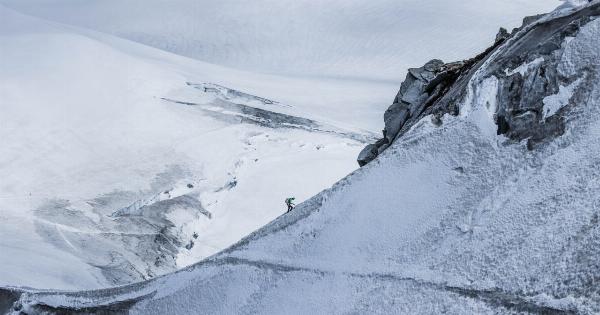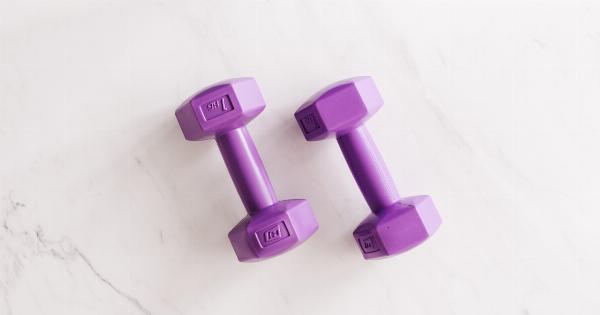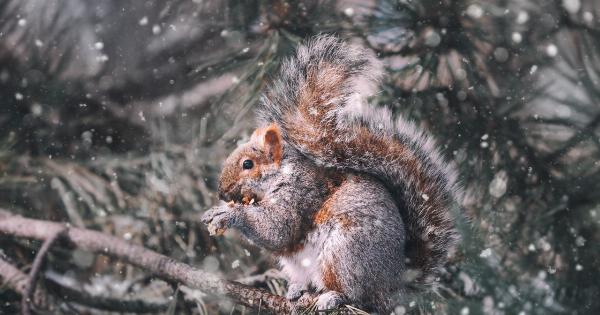Gymnastics is an incredibly challenging sport that requires strength, agility, and flexibility. This demanding athleticism is showcased in various events such as floor exercises, balance beams, and uneven bars.
However, gymnasts often face the added obstacle of performing in chilly temperatures. Whether training indoors during the winter or competing in cold weather conditions, gymnasts must be well-prepared to maintain their performance levels and stay safe.
In this article, we will discuss some important things to know about gymnastics in chilly temperatures.
The Effect of Chilly Temperatures on the Body
Exercising in cold weather can have various effects on the body. One of the immediate impacts is vasoconstriction — the narrowing of blood vessels to conserve heat.
This can decrease blood flow to the extremities, making the fingers and toes feel cold and numb. Additionally, colder temperatures can also cause muscles to tighten, reducing flexibility and increasing the risk of injuries. Gymnasts need to be aware of these effects and take necessary precautions to mitigate them.
Dressing Appropriately
Choosing the right attire is crucial when participating in gymnastics in chilly temperatures. Layering your clothing is a great way to regulate body temperature. Start with a moisture-wicking base layer to keep sweat away from the skin.
Over that, wear a thin thermal layer for insulation. Finally, add a breathable yet insulating outer layer to shield yourself from the cold. Ensure that your clothing allows for unrestricted movement and doesn’t impede your performance.
When it comes to extremities, prioritize protecting your hands and feet. Consider using thermal gloves or mittens to keep your hands warm and maintain dexterity.
Gymnasts can also wear insulated socks or invest in heated insoles to prevent their feet from getting cold during training or competitions.
Proper Warm-up
Warming up before training or performing gymnastics routines in chilly temperatures is crucial. A dynamic warm-up routine can help elevate your body temperature and increase blood flow to your muscles.
Incorporate exercises such as jumping jacks, high knees, hip rotations, and arm circles to get your body moving and your blood pumping.
Stretching is equally important to maintain flexibility, as cold muscles are more prone to injuries. Focus on dynamic stretches that involve controlled movements, such as leg swings, torso twists, and arm reaches.
Avoid static stretching, where you hold a stretch for an extended period, as this can further tighten your muscles.
Staying Hydrated
Although it may seem counterintuitive, staying hydrated is just as crucial in chilly temperatures as it is in hot weather.
Gymnasts can easily overlook hydration during cold weather training, as they may not feel as thirsty compared to when sweating in higher temperatures. However, the body still loses fluids through respiration and sweat even in cold environments. Proper hydration helps maintain muscle function, joint lubrication, and body temperature regulation.
Ensure you drink water before, during, and after your gymnastics sessions. Keep a water bottle nearby and take small sips regularly to prevent dehydration.
Warm teas or diluted sports drinks can also provide a warming effect while helping replenish electrolytes.
Managing Temperature Fluctuations
Gymnasts participating in chilly temperature environments may encounter significant temperature fluctuations. For example, training facilities or competition venues might be heated indoors but can become colder once you step outside.
These fluctuations can impact your performance and overall comfort.
When transitioning from a warm indoor environment to a colder one, layer up with warm clothing. A jacket, hat, and scarf can help trap heat and keep your body warm.
It’s essential to keep your muscles warm to maintain flexibility and reduce the risk of injuries. You can also use portable heating pads or warm-up exercises to prepare your body for the temperature change.
Monitoring for Hypothermia
While participating in gymnastics in chilly temperatures, it’s crucial to keep an eye out for signs of hypothermia. Hypothermia occurs when the body loses heat faster than it can produce it, resulting in a dangerously low body temperature.
Symptoms of hypothermia include shivering, fatigue, confusion, slurred speech, and loss of coordination.
If you or someone else experiences these symptoms, it’s essential to seek immediate medical attention. Move to a warmer location and wrap up in blankets or layers of clothing to increase body heat.
Avoid consuming alcohol or caffeinated beverages, as they can worsen the condition. Prevention is key, so always dress appropriately and monitor your body’s response to the cold.
Ensuring Proper Grip
Gymnastics routines often require a strong grip on various apparatuses, such as bars and beams. Chilly temperatures can make it challenging to maintain a secure grip, increasing the risk of falls and injuries.
Gymnasts must take measures to ensure they have proper grip despite the cold.
Consider using grip-enhancing products such as liquid chalk or grip sprays. These products can improve your hold on equipment by absorbing moisture and enhancing friction.
Additionally, regularly check the condition of your grips or gloves for wear and tear. Replace them as necessary to maintain their effectiveness.
Preventing Injuries
Gymnastics already carries inherent risks, and participating in chilly temperatures can further elevate the risk of injuries if not managed properly. Taking precautions to prevent injuries is crucial to ensure the safety and well-being of gymnasts.
As mentioned earlier, maintaining flexibility through proper warm-up and dynamic stretching is essential. Never skip these steps, as cold muscles and reduced flexibility can lead to strains, sprains, or even tears.
Listen to your body and respect its limits. If you feel excessively cold or notice pain during your routines, take a break. Pushing through discomfort can increase the chances of accidents or injuries.
Communicate with your coach or trainer if you’re experiencing any concerns or difficulties due to the chilly temperatures.
Adjusting Training and Routine
Gymnastics training programs may need adjustments to accommodate chilly temperatures. Extreme cold can make certain skills or movements more difficult to execute.
Gymnasts may require additional warm-up time or specific exercises to counter the effects of the cold.
Focus on strength training to compensate for the tightening of muscles in the cold. This can help maintain power and stability during routines. Additionally, consider modifying routines that involve high-risk elements to minimize the chances of injury.
Speak with your coach or trainer to develop a training plan that suits the colder conditions.
Competing in cold weather conditions also demands additional preparation. Perform extra warm-up exercises before your routine and keep your body covered until it’s time to perform to retain heat.
This ensures that your muscles stay warm and flexible, reducing the risk of injuries and suboptimal performance.
Conclusion
Gymnastics in chilly temperatures presents unique challenges, but with the right knowledge and preparation, gymnasts can continue to excel in their sport while staying safe.
Dressing appropriately in layers, ensuring a proper warm-up, staying hydrated, and managing temperature fluctuations are all essential aspects to consider. Additionally, monitoring for signs of hypothermia, maintaining a secure grip, preventing injuries, and adjusting training or routines can further contribute to a successful gymnastics experience in chilly temperatures.
By being mindful of these factors, gymnasts can confidently pursue their passion without compromising their performance and well-being.
